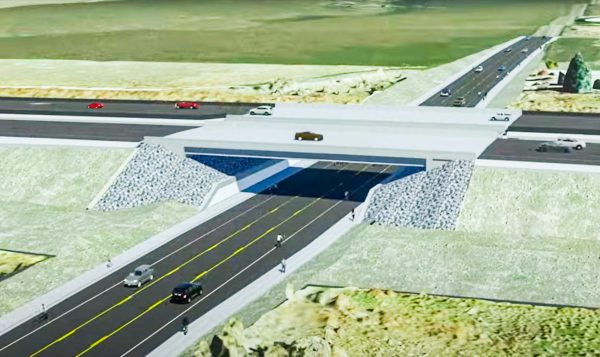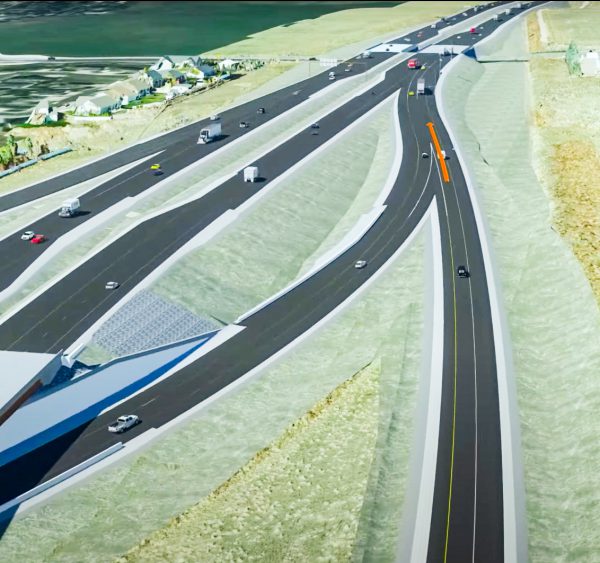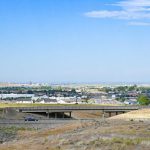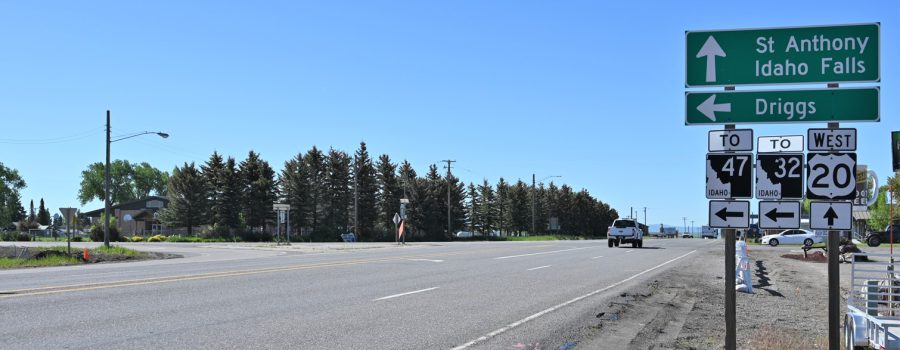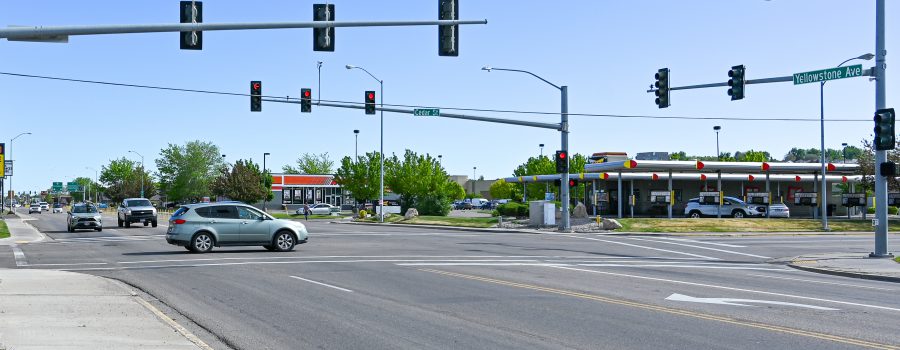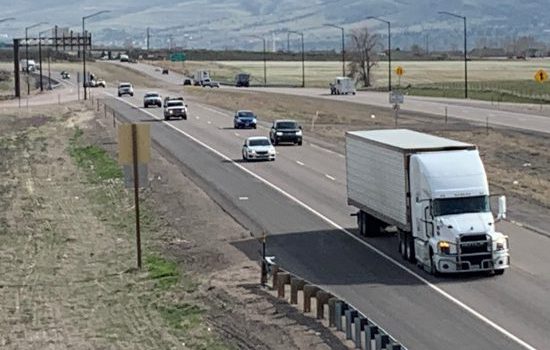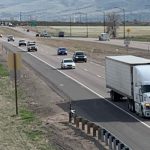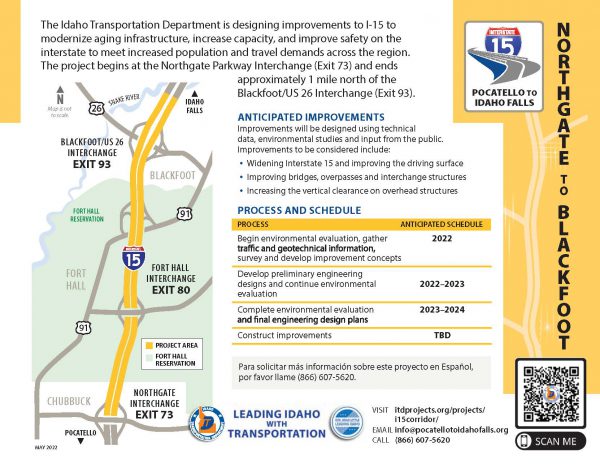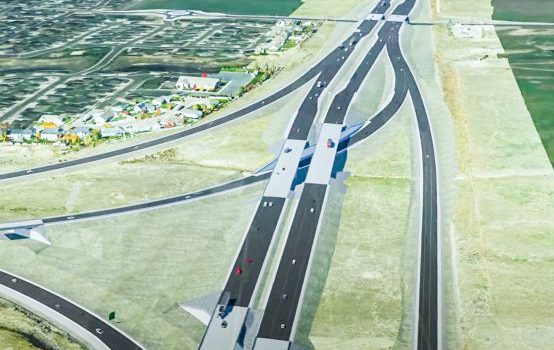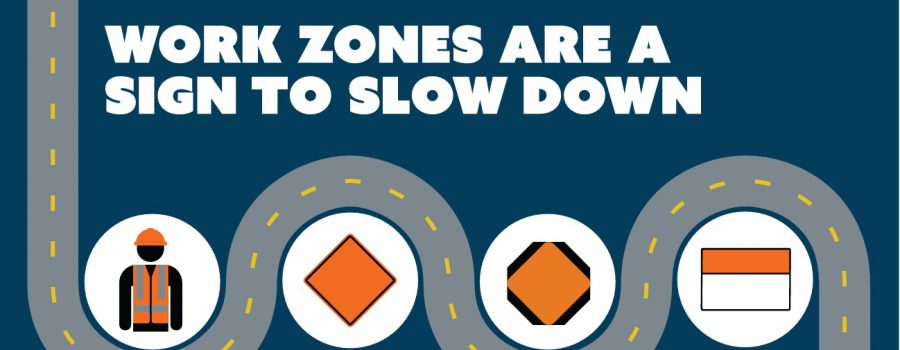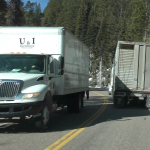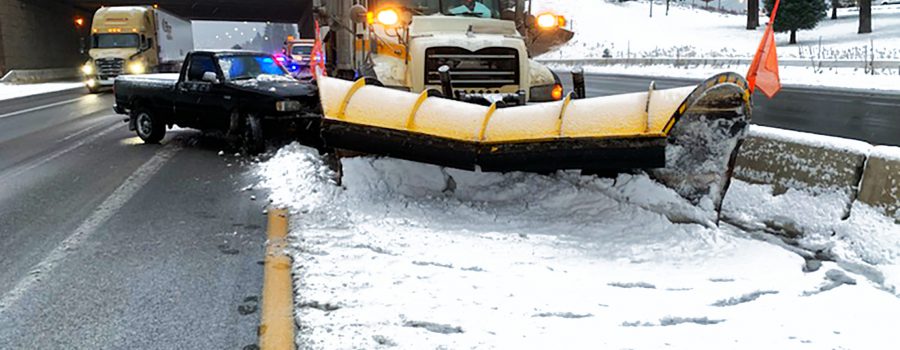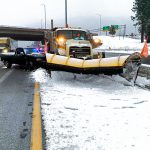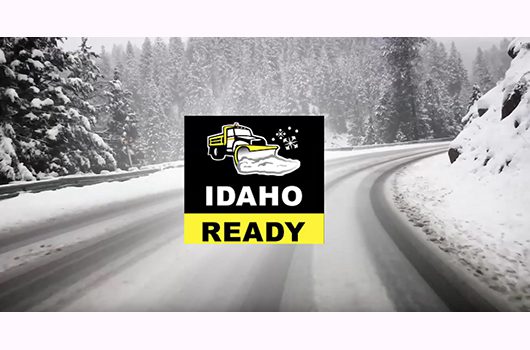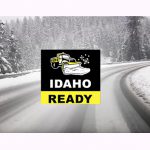Historic rebuild of System Interchange at Pocatello begins
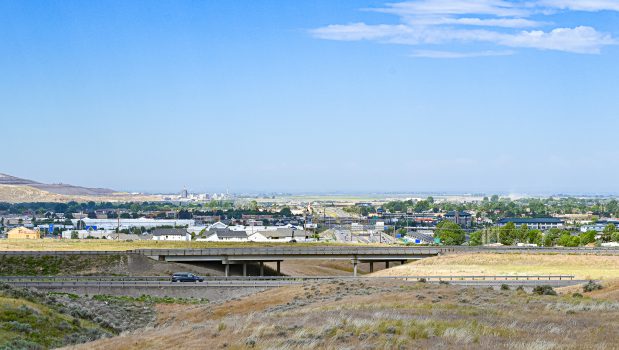
POCATELLO – Preliminary work on the Idaho Transportation Department’s project to rebuild the I-86/I-15 System Interchange is beginning this week. Originally built sixty years ago, the design needs to be updated to handle greater traffic volumes and to replace aging bridges that are reaching the end of their life. Joint venture contractors Sundt-Cannon is expected to begin moving equipment into the project area before the end of the week.
The scale of the endeavor is truly historic and took years to bring to fruition. When completed, approximately 900,000 cubic yards of excavation will be completed. In addition, about 225,000 tons of base material will be brought in; 111,000 tons of asphalt will be placed; and over 6,500 cubic yards of concreate will be poured. 70,000 square feet of retaining walls will also be built throughout the project area. Finally, ITD will build eight new bridges. Four of those will use precast concrete girders and four will have steel girders. In all, nearly 5,000,000 pounds of steel will be used in the bridges. Crews will work year-round for approximately three years to complete the project.
The two most significant changes motorists will see during construction are a detour for traffic travelling from I-15 northbound to I-86 westbound and the closure of the Chubbuck Road overpass.
In early August, northbound traffic from I-15 exiting west toward Chubbuck will be detoured through the Northgate Interchange and back onto I-15 South to then proceed to I-86 West. To maintain traffic for the anticipated 2-year construction of the project, the ramp will need to be lowered prior to beginning bridge construction. This necessitates the ramp closure and detour through the Northgate Interchange. This work should be completed by early September.
The Chubbuck Road overpass will be closed around August 1st, prior to the beginning of the school year, and will remain closed during the duration of the project. Construction will remove the existing bridge, excavate new embankments, and create bridges for I-15 to pass over Chubbuck Road. The final Chubbuck Road design will be easier and safer to navigate for motorists, bicyclist, and pedestrians. During construction motorists will be detoured through the Northgate interchange.
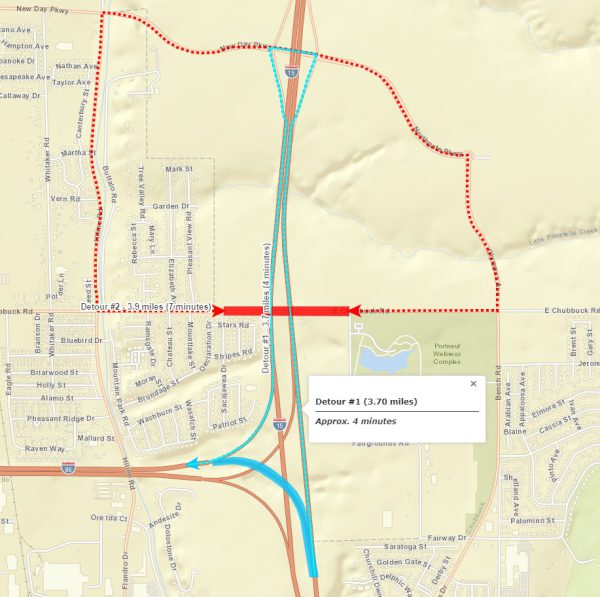
While demolition of the Chubbuck Road overpass will not begin immediately, an important concern for the school district and other interested parties was altering bus routes and student driving routes after the beginning of the school year. This could cause unnecessary delays and confusion for buses, faculty, parents, and students.
“The school district had some real concerns about making a change during the school year and we are doing what we can to accommodate them for the safety of the students and smooth operation of the schools,” said project co-manager Zak Johnson.
The $112 million project to rebuild the system interchange is a massive undertaking that requires extensive coordination with many different parties. ITD has been in close contact with city leaders, ISP, the Bannock County Sheriff’s office, emergency response, schools, regional transit, and others to ensure the safety of Idaho citizens and motorists passing through Southeast Idaho.
An important question some in the community express is, why now?
“The aging bridges will continue to get closer and closer to the end of their design lifespan,” said project co-manager Greg Roberts, “They would still be functional, but weight limits would start to have to be imposed on truck traffic. That would negatively impact Pocatello’s economic future.”
That is an important concern for Idaho businesses. Large loads, called “mega-loads”, travel through the Gate City to Montana and west to other regions of Southern Idaho. Local manufacturing companies need to be able to move their products to their customers quickly and safely.
However, it is not just the age of the 1960’s bridges that is a concern. When the System Interchange was built there was almost no development on the east side of I-15. Today the Highland area has subdivisions, a high school, the fairgrounds, and the Wellness Complex. In addition, development at Northgate has begun and will result in even more traffic.
“We can only expect traffic volume to increase and with it congestion,” said Roberts. “That will cause the ‘weave’ between the Pocatello Creek onramp and the Chubbuck exit to get worse. Traffic entering, I-15 intending to head toward Chubbuck already has difficulty during peak times crossing all the way to the left to head west on I-86.”
The issue for drivers now is finding a gap to slip into so they can head west toward Chubbuck.
“That will only get worse if we do nothing,” added Johnson, “Gaps between cars will become smaller and smaller making it more difficult to safely merge. Drivers will be forced to make more aggressive lane changes to head to Chubbuck. That kind of situation increases collisions. We don’t want to wait until things become dangerous and people get hurt.”
Safety is a primary concern for project managers and the contractors as motorists prepare to drive through the work site. “These are our neighbors and family working out there,” said Roberts. “We do everything we can to make the worksite safe, but it’s really important that drivers follow posted speed limits, watch for lane changes and signs, and give other motorists space on the road.”
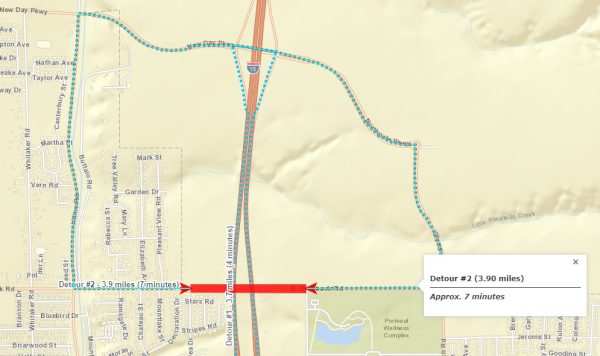
Both Roberts and Johnson have seen severe worksite accidents caused by inattentive drivers. In one instance a motorist followed a work truck directly into the work site. Unfortunately, deaths do occur and it is often the result of a motorist that do not take care in a work zone.
“It’s something that never leaves you,” said Johnson as he reflected on a fatality on a previous project. “We do everything we can to keep people safe, but when it happens it’s hard not to take it personally. We just ask everyone to please keep themselves, their families, and their neighbors safe while this project is being completed.”
Once completed, the new System Interchange will be safer and ready to carry the increased traffic volumes for the fastest growing state in America.
This project is partially funded with Transportation Expansion and Congestion Mitigation (TECM) funds as part of Governor Little’s Leading Idaho initiative. The program allows ITD to accelerate project timelines to address rapid growth and build critical infrastructure today that would otherwise take many years to fund and build.
This video describes how the new interchange will work and improve mobility and safety for the public – https://youtu.be/KRdVBAyXweA
Project details are available here on ITD’s projects website — https://itdprojects.org/projects/i-86-i-15-system-interchange/
